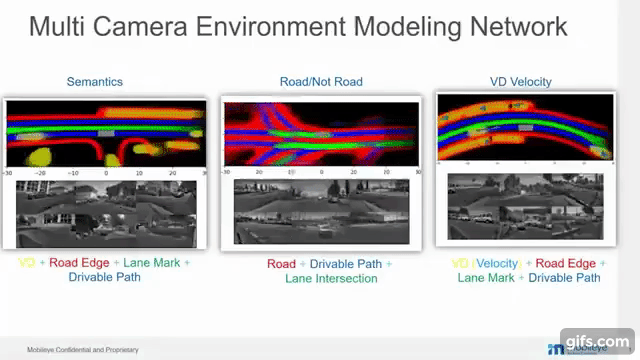I'm curious how self-driving cars will handle the very common situation where the flow of traffic is 15 or 20 mph over the posted speed limit. The most frustrating thing about EAP for me is that (except on divided highways, of which we have one short stretch on Maui) autosteer will not operate faster than five mph over whatever it thinks the speed limit is. (It usually knows the correct posted limit, but not always.) On Pi'ilani highway the limit is 40 mph. Nobody drives slower than 50, and 55 is common. I don't think the cops ever ticket below 55, and maybe 60. Autosteer won't operate over 45. During busy times, driving 45 would create a serious disturbance in traffic flow. I generally don't use autosteer then. At light traffic times it's easy for cars to pass, and I use autosteer.
Many (most?) human drivers drive just a hair below the speed at which the local police will stop cars for speeding. If the limit is 65 but the police don't ticket below 70, 70 becomes the de-facto speed.
Will autonomous cars drive at the speed limit, creating enormous hostility from other drivers? Or will they break the speed limit when literally every other car on a crowded highway is doing so?




